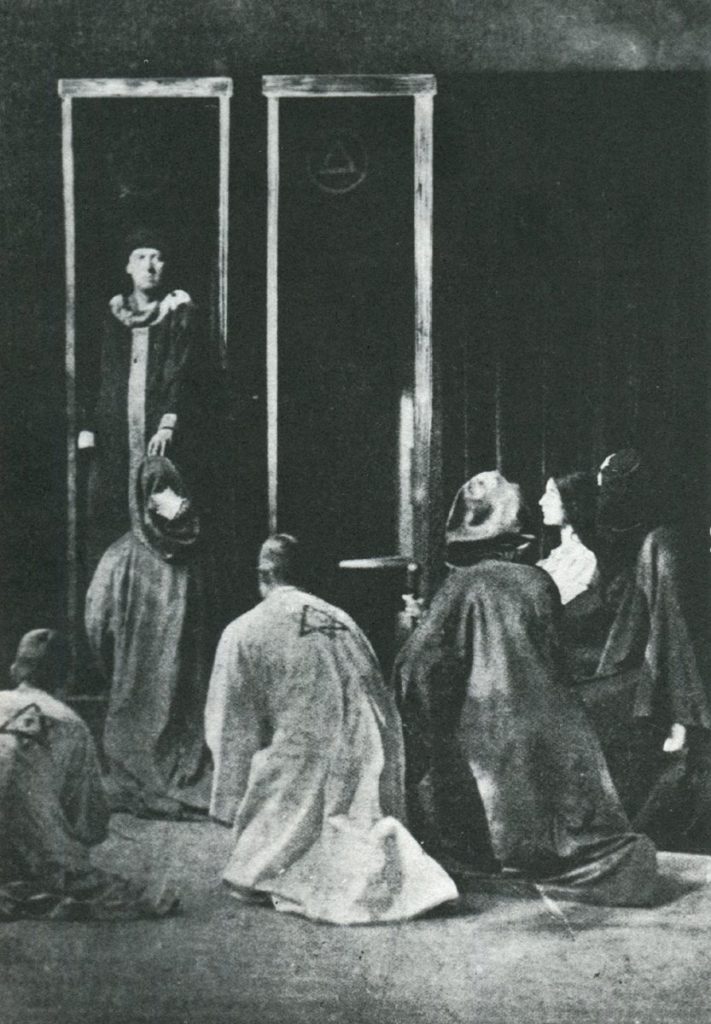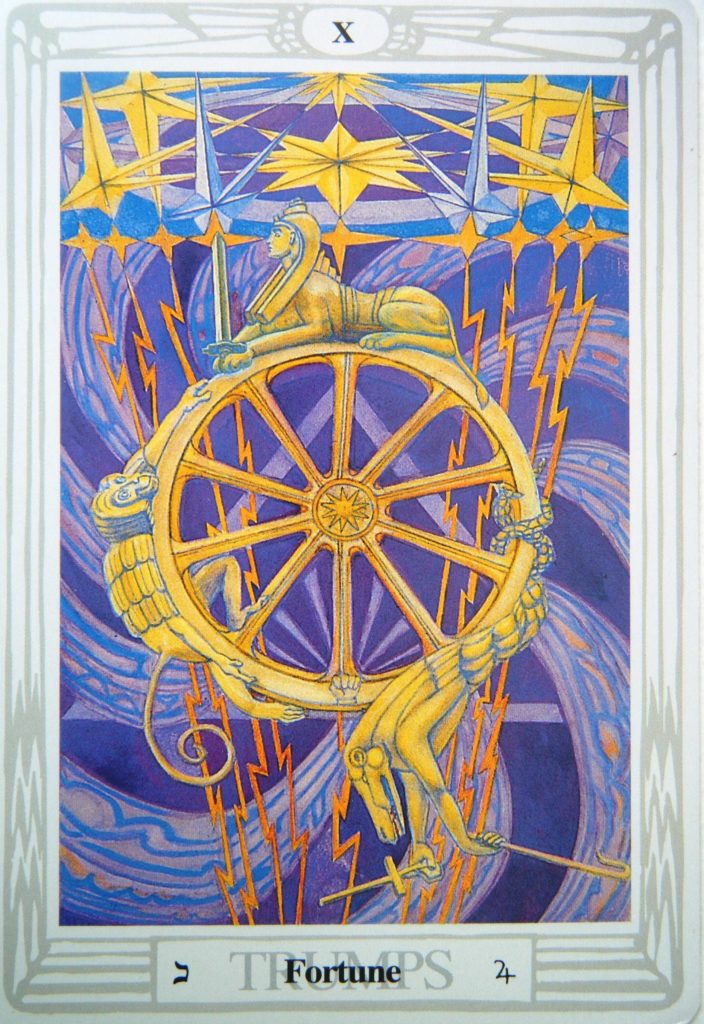Magickal Textbook Part 3
If you have been enjoying our blog posts so far, but thinking, “I really want this to get more granular and nerdy!” well, you are in for a treat. And since I am going out on a limb with my nerdy self, feel free to play along at home!
In part three of our discussion of The Rites of Eleusis as Magickal Textbook (or study guide, if you will) we are going to wander into the weeds of interpretation!
To start with, allow me to say for the record, “I love The Rites of Eleusis presented as strict A.:. A.:. style rituals.” If you are a purist, who wants to present the material exactly as Aleister Crowley did, to the best of your ability, I am all for it! Hell, yes! And please, let us know when you are staging it! Put a link in the comments! I’d love to be there, and will bring friends!
Also, God I hope you find a violinist who can perform that music! I have never seen that done, and would LOVE it! I just wanted to go on record and say that as much as I love interpretation, I love all the interpretations, including the purist variety.

That said, our work with the Rites is highly interpretive, and the study that informs our interpretation can be broad and eclectic. As an example: Let’s discuss Capricornus Emissarius from The Rite of Saturn. (If you didn’t make it to see The Rite of Saturn last September, we are sorry you missed it! You’ll have to wait for the video in June to watch all the scenes I am referring to. I included pictures.)
In order to fully appreciate our interpretation of Capricornus Emissarius in The Rite of Saturn, allow me to provide this helpful chart:

You can see that we have graphed the astrological figures present in each Rite against the dominant planetary force, and included the small card Tarot attributions that present information along the same axis. The meanings of these cards in the Tarot also include numerical and elemental influence, much as the characters in The Rites incorporate additional influences from the paths and myths associated with the God forms.
You may note that there are no astrological attributions for Jupiter. There are several ways that the central figures can be interpreted in The Rite of Jupiter, and strict astrology is the least satisfying. Seeing as the Sphinx represents the attributes of the Fixed Signs of the Zodiac taken in conjunction with one another (see The Key to the Mysteries by Eliphas Levi), it is not much of a stretch to interpret Hermanubis as the Mutable Signs, and Typhon as the Cardinal Signs.
This is consistent with the alchemical attributions associated with the elements that the figures on the wheel represent, Salt being Fixed, Mercury being Mutable and Sulfur being Cardinal.

Additionally, we can interpret the principal characters in The Rite of Jupiter as exemplifying all of the planetary rulers from The Rites that follow, but presented in their infancy. Thus Typhon represents Mars, Dionysus as the hidden God becomes Sol, The Sphinx evolves into Venus, Hermanubis becomes Mercury and Hebe and Ganymede become Luna and Pan, respectively.
Taken in combination, these two interpretations are immanently more satisfying than any singular astrological attribution for these figures in The Rite of Jupiter, which is why I left them off the chart. But I digress.
Returning to the question of the attribution of Capricornus Emissarius. First note that Sagittarius, alone, of all the astrological signs, has no representative in The Rites of Eleusis, unless you ascribe that association to Capricornus Emissarius. Otherwise, this seems like rather an obvious oversight. But looking at the various meanings of Emissarius we have: “emisary”, “agent”, “spy” and the literal meaning “stallion”. If we see Capricornus Emissarius as a spy (as he is depicted in The Rite of Saturn) and as the precursor to Capricorn, Sagittarius becomes a logical attribution.
Especially given the literal meaning stallion, which we turned into a double-entendre, as horse is also slang for heroin, and our Capricornus Emissarius was depicted as an alchemist, creating laudanum. To add another layer, the conjunction of Saturn and Sagittarius is depicted in the 10 of Wands in the Rider-Waite Tarot. Which is just the sort of thing one might symbolically use to their advantage in creating the iconography of a scene. (Tip of the hat to Melissa Holm and Ryan Holsather, who developed this motif so beautifully, and Richard Cardone, who breathed life into it).


The Rite of Saturn, 2018
Obviously, this is all interpretive! Far outside of the bounds of anything we can claim Aleister Crowley intended, but that is hardly the point.
As creative magician, we should always look deeper, strive for more! Exceed! What wild interpretations have you seen? Anything you would like to share?